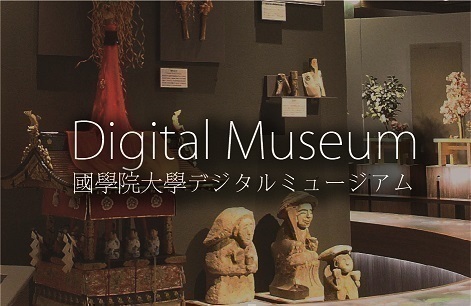Encyclopedia of Shinto
| Main Menu: | |
| Links: |
詳細表示 (Complete Article)
| カテゴリー1: | 2. Kami (Deities) |
|---|---|
| カテゴリー2: | Combinatory Kami |
| Title | Gohō |
| Text | "Protector of Dharma." Also called Gohō dōji (lit., "child protector of the dharma") or Gohō zenshin ("good-deity protector of the dharma"), figures originally appearing as minor tutelaries within Buddhism. Within the mountain sect of Shugendō, Gohō were considered deities subordinate to the main objects of worship Zaō Gongen or Fudō Myōō, and venerated as protectors of the sect's practitioners. The term was also used to refer to minor deities attending upon specially adept high priests and practitioners, who could bid the deities to perform their will. The former would include the two deities Konkara and Seitaka known as auxiliaries to Fudō Myōō. Examples of the latter also exist, including the two acolytes Fuseri and Kiyosada, who served the priest Taichō (ca. 682-768); the two sprites Otsu and Waka who waited upon the priest Shōkū (ca. 910-1007), known as patron saint of sutra copying; and the guardian sword of Myōren on Mt. Shigi. While not fixed in number, Gohō normally appear in pairs, and are usually depicted with unsightly appearance and indignant expressions, scampering around or flying. In addition to their depiction as children (or young men), they occasionally take the form of old men, demons, or even animals. During the period of rule by cloistered emperors (ca. 1086-1192), it was believed that Gohō from the Inari Shrine protected pilgrims on the road from Kumano, and a ritual called Gohō okuri (send-off of the gohō) was performed during the journey home to return the gohō to their shrine. -Kadoya Atsushi |




